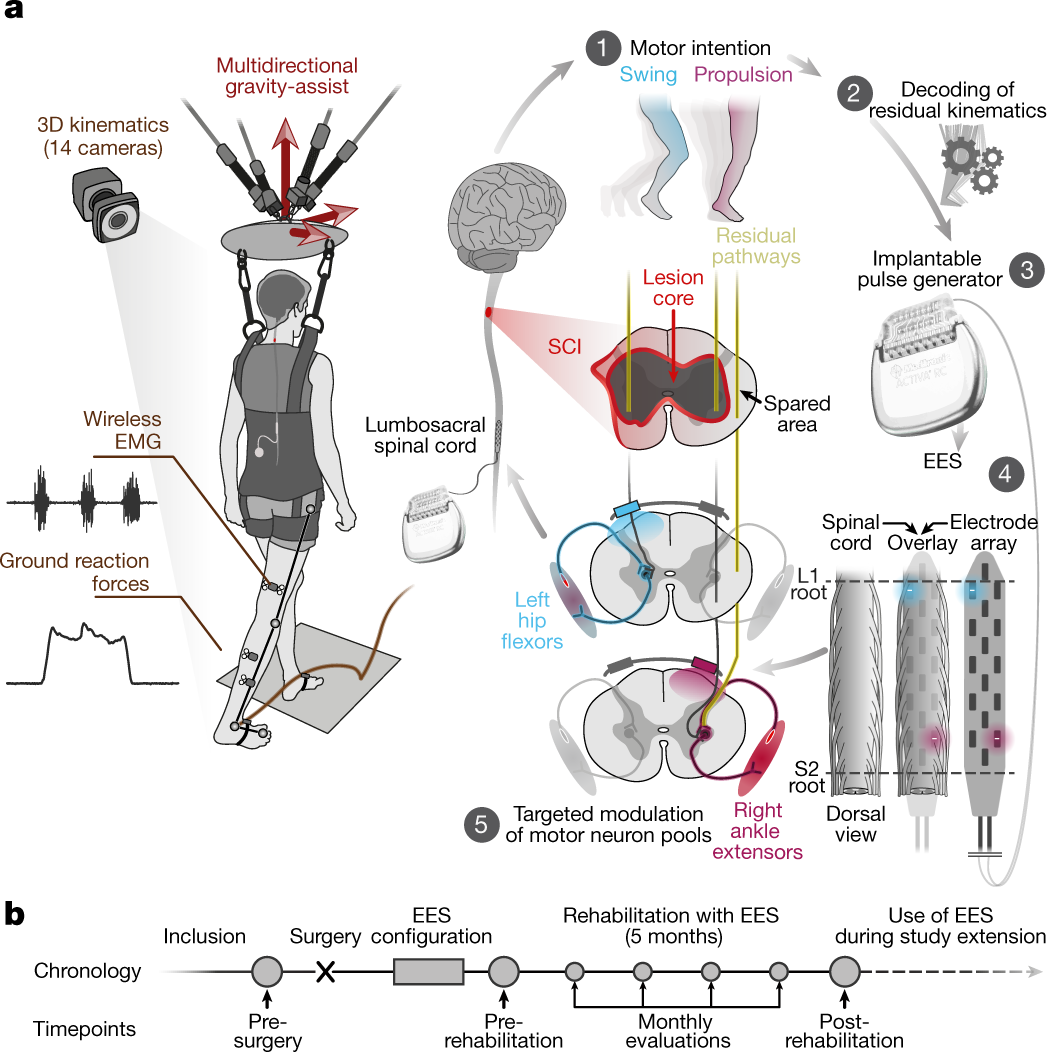
But decoding actual speech-by analyzing what someone intends to say-is still a major challenge facing researchers, given that individuals generate speech more quickly than they write or type. Translating the brain’s control over handwriting may be a significant first step in restoring communication skills, he says. “This could both boost the speed of communication and, crucially, decrease the mental effort and attention needed.”įor now, Willett is focused on mentally decoding more familiar forms of communication-and he wants to repeat the typing experiment, involving more people with paralysis. “Why not teach the person a new language based on simpler elementary gestures, similar to stenography chords or sign language?” Serruya asks. Yet Serruya also has a question about the new research, a hesitation he says he posed to Willett a few years ago: while restoring communication via written letters is intuitive, it may not be the most efficient means of doing so. “We have shown that motor-control signals can be decoded, implying that some of the decoding approaches developed by Willett might have applications beyond people with spinal cord injury,” he says.

Serruya adds that his own research could align with Willett’s in helping those who have suffered brain trauma or a stroke. “I think it clearly shows that fine-motor trajectories can be decoded from neocortical activity.” “I saw this research initially presented. Serruya, a neurologist at Thomas Jefferson University, who studies BCIs in stroke recovery but was not involved in the new study, is intrigued by the work. It’s also the most significant demonstration to date of leveraging established tools in machine learning, like predictive language models, to improve BCIs.” “One obvious reason why is because they achieved a huge leap in performance on a challenging but important task like typing. Orsborn, who was not involved in the research. “This study is an important and clear advance for intracortical brain-computer interfaces,” says University of Washington bioengineer Amy L. They were implanted in a region of the motor cortex that controls hand and arm movements, letting the researchers profile brain-activity patterns associated with written language.

Each chip had 100 electrodes to sense neuron activity. In 2016 Stanford neurosurgeon Jaimie Henderson, co-senior author of the paper, implanted two small BCI chips into the man’s brain. The study participant had suffered a spinal cord injury in 2007, losing most movement below his neck. “It should help people express themselves and share their thoughts it’s very exciting.” “This line of work could help restore communication in people who are severely paralyzed, or ‘locked-in,’” says Frank Willett, lead author of the paper and a research scientist at Stanford’s Neural Prosthetics Translational Laboratory. That rate approaches the average for most senior texters, who can typically type about 115 characters per minute on a phone. Their technique allowed the study subject, who was 65 years old at the time, to mentally type 90 characters per minute. The researchers’ new work sped up communication speed by using imagined handwriting. But this technique let people generate just 40 characters per minute, far lower than the average keyboard typing speed of roughly 190. His software also decoded imagined arm movements, so that those with paralysis could move a cursor around an on-screen keyboard to select and type letters. Shenoy of Stanford University, a co-senior author on the study, had helped analyze neural patterns associated with speech.

Such technology could potentially benefit millions of people worldwide who cannot type or speak because of impaired limbs or vocal muscles. He was asked to imagine himself writing by hand, and the BCI transformed his visualized letters and words into text on a computer screen. A new study in Nature describes a brain implant that could let individuals with impaired limb movement create text using the mind-no hands needed.įor their study, the researchers coupled artificial-intelligence software with electrodes implanted in the brain of a man with full-body paralysis. The next frontier in BCIs, however, may be something more like writing a text message. Brain-computer interfaces (BCIs) under development can restore movement in some who have paralysis, and researchers are working on BCIs to treat neurological and psychiatric disorders. For decades, scientists have run these impulses through machines to better understand brain diseases and help people with disabilities. When you move, sense, speak, or do just about anything, your brain generates a specific corresponding pattern of electrical activity.


 0 kommentar(er)
0 kommentar(er)
